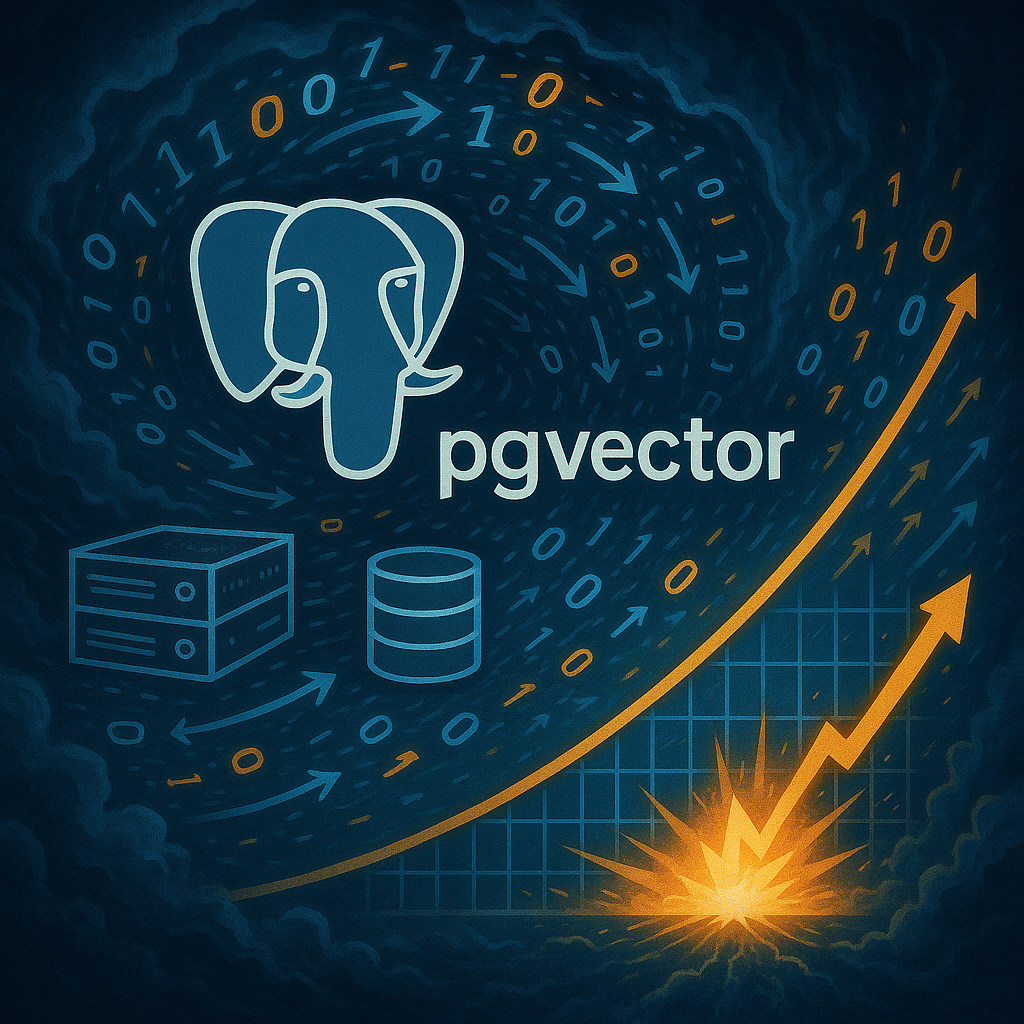Dbi-Services
1M
261

Image Credit: Dbi-Services
Technological debt with AI workflows: When data hits he fan?
- AI projects come with risks such as data explosion, hallucinations, security gaps, and non-linear costs, often due to neglecting data-quality, governance, and code debt.
- The trend of re-hosting old architectures in AI projects echoes mistakes made in cloud projects, leading to scalability challenges due to outdated data plumbing.
- Common pitfalls in AI workflows include siloed data, stagnant customer-support responses, monolithic databases hindering scalability, and lack of observability.
- To mitigate risks, organizations can implement advanced RAG search techniques, address legal liabilities related to chatbot misinformation, and enhance security measures.
- Recommendations include modernizing data processes, refactoring storage layers, implementing proper RAG search techniques, securing vector paths, and planning to avoid technological debt.
- Key questions to ask include identifying hidden debts, determining the need for additional vector stores, managing data updates, and addressing security vulnerabilities.
- It is crucial to plan for scalability, encryption, and data governance while leveraging AI technologies like pgvector and pgvectorscale to avoid pitfalls and ensure success.
- Consulting with experts and continuously assessing architecture relevance to use cases are essential steps in navigating the complexities of AI workflows and minimizing technological debt.
- Balancing the excitement of AI implementation with caution and strategic planning is necessary to harness its benefits effectively and prevent operational disruptions.
- Ultimately, prioritizing data governance, security, and scalability can help organizations steer clear of potential pitfalls and maximize the value derived from AI initiatives.
- Ensuring proactive measures for maintaining data integrity, optimizing workflows, and adapting to evolving technological landscapes is critical for long-term success in AI implementation.
Read Full Article
15 Likes
For uninterrupted reading, download the app